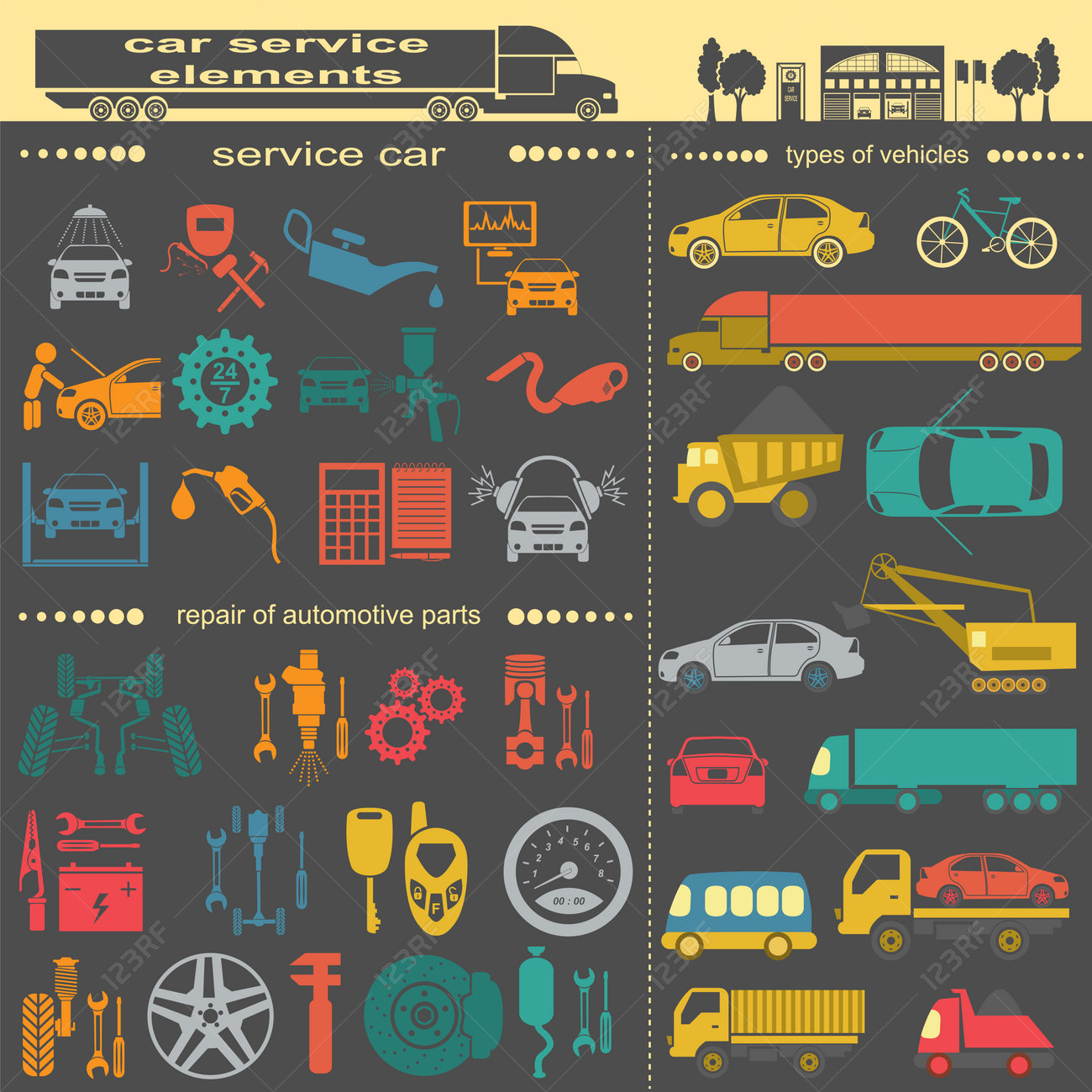Seeking Clarity On The Warning Lights Displayed On Your Car'S Control Panel? Figure Out Just How They Connect To Your Vehicle'S Health And Safety
Seeking Clarity On The Warning Lights Displayed On Your Car'S Control Panel? Figure Out Just How They Connect To Your Vehicle'S Health And Safety
Blog Article
Personnel Writer-Lim Shepherd
When you lag the wheel, those glowing warning lights on your dashboard can be a little bit difficult. Do you recognize what they're attempting to tell you concerning your vehicle's health? Understanding the value of these lights is vital for your safety and the long life of your car. So, the following time among those lights pops up, wouldn't you wish to decode its message accurately and take the essential steps to resolve it?
Common Caution Lights and Interpretations
Determine usual warning lights in your car and understand their meanings to guarantee risk-free driving.
One of the most typical caution lights include the check engine light, which signals issues with the engine or exhausts system. If this light begins, it's important to have your vehicle examined quickly.
The oil pressure alerting light shows low oil stress, calling for prompt focus to prevent engine damages.
A blinking battery light may suggest a faulty charging system, potentially leaving you stranded if not resolved.
detailing auckland monitoring system (TPMS) light alerts you to low tire pressure, influencing car security and gas effectiveness. Ignoring this could bring about unsafe driving conditions.
The ABS light suggests a trouble with the anti-lock stopping system, endangering your ability to quit promptly in emergencies.
Last but not least, the coolant temperature alerting light warns of engine overheating, which can result in extreme damages if not solved promptly.
Understanding these common warning lights will certainly aid you attend to issues promptly and keep safe driving problems.
Significance of Prompt Attention
Recognizing the common warning lights in your cars and truck is just the initial step; the value of without delay resolving these warnings can not be highlighted sufficient to ensure your safety on the road.
When a warning light brightens on your control panel, it's your vehicle's method of communicating a possible concern that requires attention. Neglecting these cautions can result in extra serious problems down the road, compromising your safety and potentially costing you much more out of commission.
Prompt interest to advising lights can protect against malfunctions and crashes. As an example, a flashing check engine light might indicate a misfire that, if left ignored, might create damage to the catalytic converter. Resolving this promptly can save you from an expensive fixing.
Similarly, a brake system warning light might signal reduced brake fluid or worn brake pads, important parts for your security when driving.
DIY Troubleshooting Tips
If you see a warning light on your dashboard, there are a couple of do it yourself fixing suggestions you can try prior to seeking expert aid.
visit the next website page is to consult your vehicle's handbook to understand what the details warning light indicates. In some cases the concern can be as simple as a loosened gas cap setting off the check engine light. Tightening the gas cap might fix the trouble.
One more usual concern is a reduced battery, which can trigger numerous warning lights. Checking the battery links for rust and guaranteeing they're protected might deal with the problem.
If a warning light continues, you can attempt resetting it by disconnecting the automobile's battery for a few mins and after that reconnecting it. Furthermore, checking https://oil-change84061.livebloggs.com/37487121/interested-by-typical-misconceptions-regarding-vehicle-outlining-discover-the-fact-behind-these-misconceptions-and-discover-why-professional-detailing-is-useful-for-all-vehicle-owners , such as oil, coolant, and brake fluid, can assist troubleshoot advising lights associated with these systems.
Conclusion
Finally, comprehending your car's warning lights is necessary for maintaining your automobile running efficiently and safely. By without delay attending to these alerts and recognizing what they indicate, you can prevent expensive repairs and possible break downs.
Remember to consult your auto's guidebook for certain details on each alerting light and take action accordingly to guarantee a trouble-free driving experience.
Remain notified, remain risk-free on the road!
